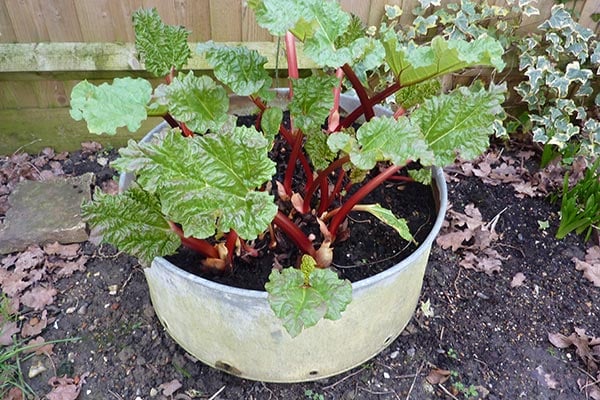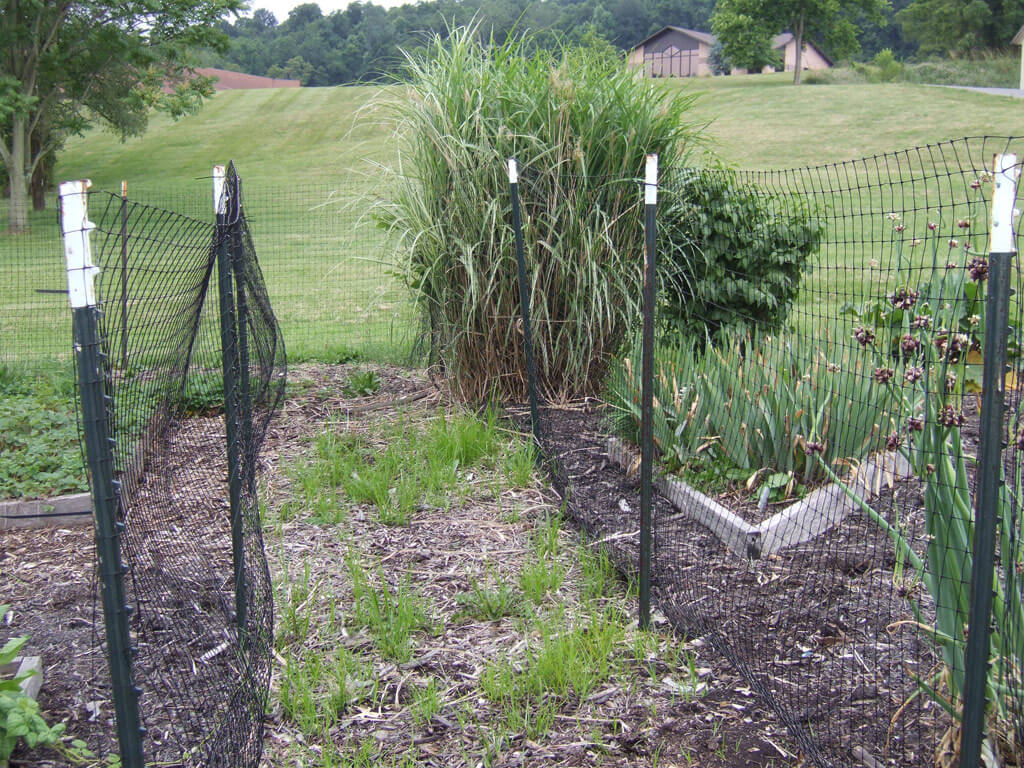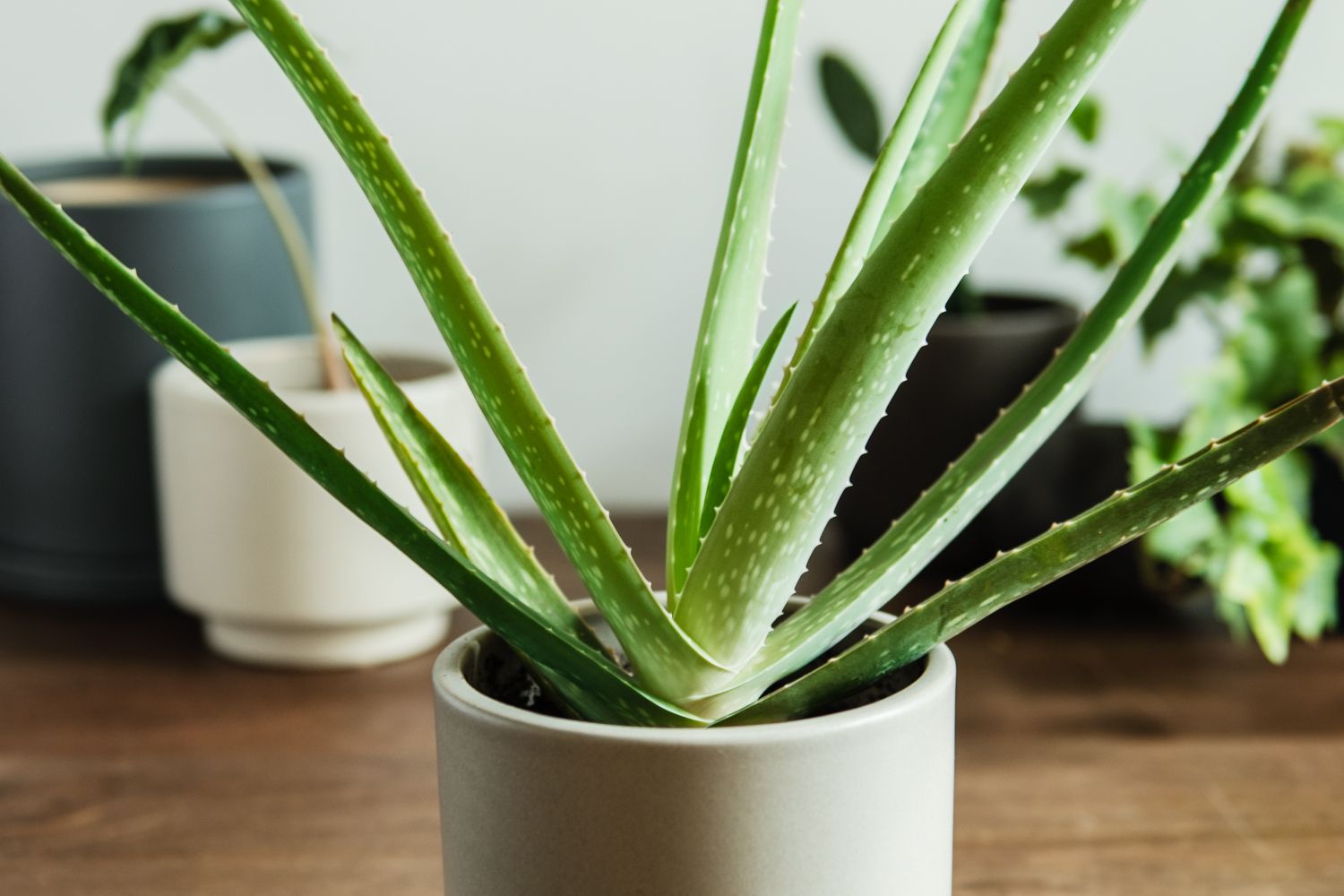How to Grow Rhubarb at Home
Rhubarb is a versatile and delicious plant that is relatively easy to grow in your own backyard. Not only does it make for a beautiful addition to your garden with its large, vibrant green leaves and bright red stalks, but it is also a versatile ingredient that can be used in a variety of sweet and savory dishes. If you’re interested in growing your own rhubarb at home, follow these simple steps to get started.
Choose the Right Location
Before you start planting rhubarb, it’s important to choose the right location in your garden. Rhubarb plants thrive in full sun but can tolerate partial shade, so make sure to pick a spot that gets at least 6-8 hours of sunlight per day. Additionally, rhubarb prefers well-draining soil that is rich in organic matter, so be sure to amend your soil with compost or well-rotted manure before planting.
Planting Rhubarb
Rhubarb plants can be grown from seeds, but it is much easier and quicker to grow them from crowns or divisions. To plant rhubarb, dig a hole that is just deep enough to accommodate the roots of the plant and place the crown or division in the hole with the buds pointing up. Cover the roots with soil and water thoroughly.
Caring for Rhubarb
Rhubarb plants require regular watering, especially during dry periods, but be careful not to overwater as this can cause root rot. Additionally, be sure to mulch around the base of the plant to help retain moisture and suppress weeds. Fertilize rhubarb plants in the spring with a balanced fertilizer to promote healthy growth.
Harvesting Rhubarb
Rhubarb plants can be harvested in the second year after planting. To harvest rhubarb, simply grasp the stalk near the base and give it a gentle twist to pull it away from the plant. Be sure to only harvest stalks that are at least 10-12 inches long, leaving a few stalks behind to promote continued growth. Avoid harvesting rhubarb in the first year to allow the plant to establish itself.
Common Pests and Problems
While rhubarb is generally a hardy plant, it can be susceptible to certain pests and problems. Common pests that may affect rhubarb include aphids, slugs, and snails. To prevent pest infestations, keep your garden clean and tidy, and remove any weeds that may harbor pests. Additionally, be on the lookout for signs of disease such as crown rot or powdery mildew, and treat accordingly.
Uses for Rhubarb
Rhubarb is a versatile ingredient that can be used in a variety of dishes, both sweet and savory. Some popular uses for rhubarb include rhubarb pie, rhubarb crumble, rhubarb jam, and rhubarb chutney. Rhubarb can also be stewed and used as a topping for yogurt or ice cream, or turned into a refreshing rhubarb drink. Get creative with your rhubarb harvest and try out different recipes to showcase this delicious plant.
In Conclusion
Growing rhubarb at home is a rewarding experience that can provide you with a bountiful harvest of this versatile and delicious plant. By following these simple steps and caring for your rhubarb plants properly, you can enjoy fresh rhubarb in your kitchen for years to come. So, roll up your sleeves, get your hands dirty, and start growing your own rhubarb today!



